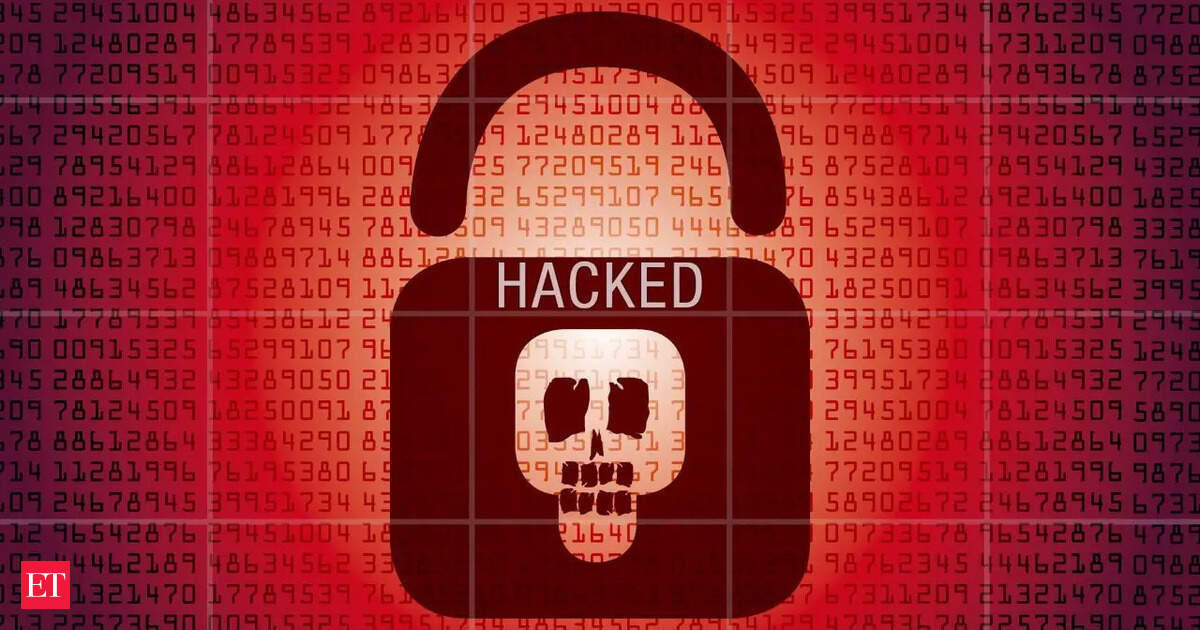

A shocking new report has confirmed that one of the biggest password leaks in internet history has happened.
Cybernews and Forbes found a historic breach that stole more than 16 billion login credentials, making it the biggest leak ever reported. This massive date breach puts global digital security at an insane risk right now.
Cybersecurity researchers found more than 16 billion stolen login credentials that were just put up for sale online Experts say that if this trove is not dealt with, it could lead to phishing attacks, identity theft, and account takeovers all over the world, as per a report.
Since it creates the framework for widespread identity theft, account takeovers, and targeted phishing attacks, the breach is more than just a leak, it is a blueprint for mass exploitation, as per a report by WION.
The data was extracted by infostealer malware and is new and highly structured, not remnants of old breaches.
According to a Forbes report, researchers involved in an investigation that began early this year believe that several infostealers were responsible for the massive password leak. In this technologically advanced world, if a password is compromised, it compromises nearly everything. Google is advising billions of users to change their passwords to much more secure passkeys because of this.
The FBI is cautioning people against clicking on links in SMS messages because of this. This is the reason why anyone with even a small sum of money can purchase stolen passwords on the dark web, as per a report by Merca20.
How did this password leak happen?
30 exposed datasets with tens of millions to over 3.5 billion records each have been found, bringing the total number of compromised records to 16 billion, according to Vilius Petkauskas at Cybernews.
These credentials are a prime target for phishing and account takeover attempts, and they represent new, weaponizable intelligence at scale rather than merely recycled breaches.
The majority of the information was organized as a URL, followed by login credentials and a password. Its contents provide access to almost any online service one could want, including those offered by Apple, Facebook, Google, GitHub, Telegram, and other government agencies. This is the standard signature of contemporary infostealer activity.
What can you do to stay safe?
Since these credentials have broad ramifications, it is crucial to invest in password management software and dark web monitoring tools.
Individuals should select robust, unique passwords, utilize multi-factor authentication whenever possible, and remain vigilant and aware of any attempts to steal login credentials.
Experts caution that now is the time to take the threat and its enormous risks seriously and advise using a password manager and switching to passkeys wherever feasible.
Where did the leaked credentials come from?
Credential stuffing lists, repackaged breaches, and infostealer logs seem to be the source of the compromised credentials.
These malware programs silently collect user credentials from compromised computers, upload them to servers or databases under the control of malicious actors, or leave them unprotected by accident.
FAQs
How does this breach differ from previous leaks?
The majority of the 16 billion exposed credentials are new and unreported until now. They are structured and easily exploitable, making them particularly vulnerable to phishing, fraud, and account hijacking.
What should I do if I believe I have been affected?
Change your passwords right away, use a password manager, and enable multi-factor authentication. Consider switching to passkeys and using dark web monitoring tools to receive alerts.




